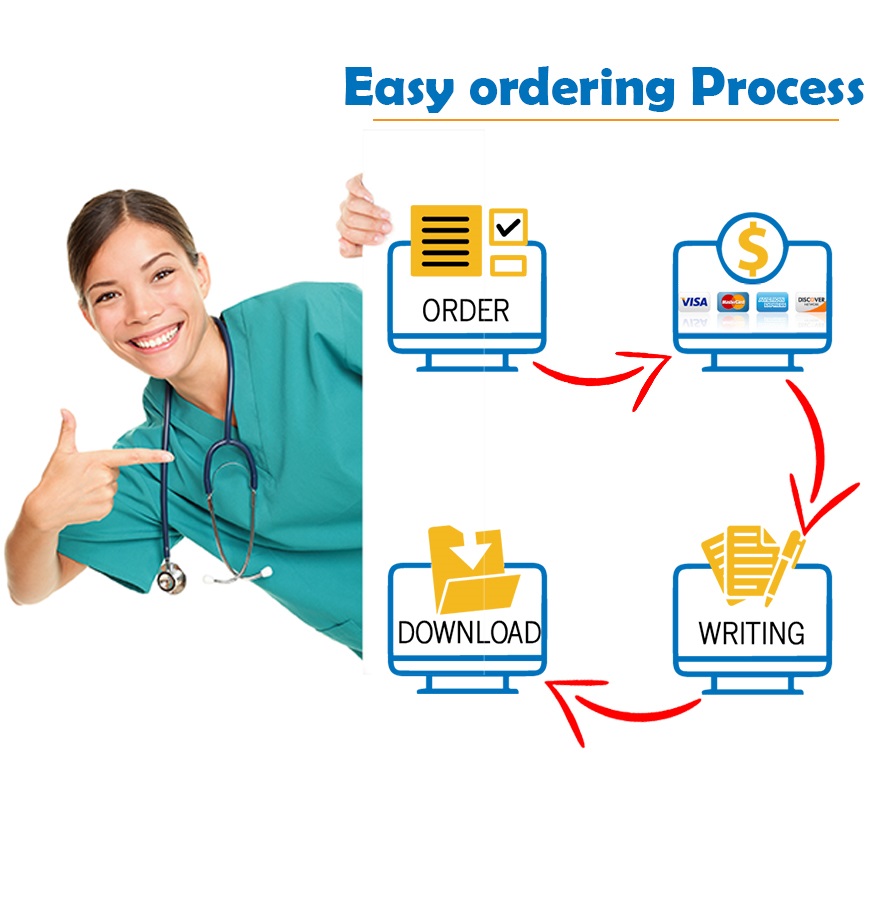Module 4 – Case_MHS599
Developing and Finalizing Your Review/Plan/Paper/Proposal
Case Assignment
Develop and finalize your paper in accordance with the outline you developed in Module 3. Next, apply the Writing Center Checklist provided in the Module 4 Required Reading to determine if all criteria have been satisfied with regard to:
- Subject, audience, purpose
- Organization
- Paragraphing
- Sentences
Submit a 5- to 8-page Review/Plan/Paper/Proposal of your topic/problem by the conclusion of this module (upload your paper to the Case 4 Dropbox).
Length: 5-8 pages, double-spaced (excluding cover-page and reference list).
Format: APA format is required for this assignment.
Assignment Expectations
Assessment and Grading: Your paper will be assessed based on the performance assessment rubric that is linked within the course. Review it before you begin working on the assignment. Your work should adhere to these MSHS Assignment Expectations.
Discussion: Peer Presentations and Evaluations
Discussion Topic
For the first week of this module:
- Develop and video record a 5-minute oral
presentation on your project, specifically highlighting:
- The problem you chose to address;
- The approach you took to address the problem (literature review, program planning, program evaluation, etc.);
- Key things you learned (relative to the problem) having undertaken your project (state and elaborate upon at least four of these).
- Upload a copy of your video presentation in this discussion forum for review by each of your class peers.
For the second week of this module:
- Use the Oral Presentation Peer Assessment to evaluate each of your class peers’
presentations. E-mail me directly the completed peer assessment forms for
each of your class peers by the conclusion of this module.
Note: Under no circumstances should completed peer assessment forms be sent directly to anyone other than me, your instructor, via e-mail. Additionally, please bear in mind that this peer-review process is designed to provide constructive peer feedback to each of you; that said, by no means should peer assessments be used to berate or attack fellow students.
Additional guidelines on your video/oral presentation:
- At least 5 minutes and no more than 7 minutes long. You may need to compress your file before uploading.
- Be aware that your attire is an important aspect of your presentation. Inappropriate and distracting clothing (e.g., text printed on shirt, graphics and loud colors) and accessories (e.g., sparkly and noisy jewelry) can prohibit your speech from being received well or interpreted correctly and can hinder the establishment of the speaker/audience relationship.
- Ensure that your presentation is developed with the criteria reflected on the Oral Presentation Peer Assessment form.
- This presentation must be submitted in video format (Webcam or Smart Device). Please submit an e-ticket via the TLC homepage if you have problems uploading due to file size. Note: TLC courses only support the following media formats: SWF, MPG, MPEG, RM, MP3, MP4, M4V, M4A, AVI, WAV, RAM, ASF, MOV, and RA.
Discussion: Reflections on Course Concepts
Discussion Topic
Given the readings and assignments in the course:
- Identify and briefly discuss two concepts in this course that you believe will be most applicable to the professional discipline you will enter upon completion of your degree program.
- What is the importance of these concepts to the professional discipline?
- How will you use these concepts in your future career?
Optional: Offer feedback on how the course and/or facilitation of the course can be improved.
Reflection is a mental process that challenges you to use critical thinking to examine the course information, analyze it carefully, make connections with previous knowledge and experience, and draw conclusions based on the resulting ideas. A well-cultivated critical thinker raises vital questions and problems, formulating them clearly and precisely; gathers and assesses relevant information, using abstract ideas to interpret it effectively; comes to well-reasoned conclusions and solutions, testing them against relevant criteria and standards; thinks open-mindedly within alternative systems of thought, recognizing and assessing, as need be, their assumptions, implications, and practical consequences; and communicates effectively with others in figuring out solutions to complex problems. (Paul & Elder, 2008)
In order to earn maximum credit, the comment should be more than your opinion, and more than a quick “off the top of your head” response. Be sure to support your statements, cite sources properly, cite within the text of your comments, and list your reference(s). The response must be a minimum of 250 words.
Paul, R. & Elder, L. (February 2008). The miniature guide to critical thinking concepts and tools. Foundation for Critical Thinking Press
"Looking for a Similar Assignment? Order now and Get 10% Discount! Use Code "GET10" in your order"



